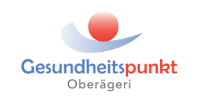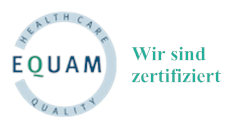About us
Gesundheitspunkt AG was formed by the merger of the two long-established family practices "Xundheitszentrum Aegerisee" (Dr. med. Joachim Henggeler) and "Praxis Dr. Schalch" (Dr. med. Emil Schalch). The AG is fully owned by the doctors and professionals working in the Gesundheitspunkt. At inception, 9102 patients were registered with us in some form, and the active patient base (consultation in the previous year) included 1800 patients (1031 of whom were managed care patients).
Patient statistics till Nov 23
The Gesundheitspunkt employs five family physicians, a pediatrician, a nurse practitioner and a social worker. We work with a large number of independent and employed specialists in the canton of Zug. The Gesundheitspunkt provides education, treatment and prevention, and focuses on care for the chronically ill and elderly. This unwavering commitment to quality and innovation earned the current center director the SVA Award for Special Contribution to the MPA Profession in 2013 and the Argomed Award for Innovative Practice in 2017.
Our goals and priorities
We are committed to providing our patients, their families and our community with forward-thinking, patient-centered, risk-stratified and integrated health care to build trust and deliver care beyond expectations through quality care.
The Gesundheitspunkt is
- Patient-centered: The company focuses on the needs of the patient and involves the patient and family in healthcare decisions.
- Community-based: The vast majority of health care services are provided close to home.
- Family Physician-Driven: Each patient has a relationship with a family physician and is cared for by a team directly managed by that physician.
- Scientifically supported: The services provided benefit from modern science and continuous learning through a formal relationship with the Institute of Family Medicine at the University of Zurich, the Department of Social Work at the Bern University of Applied Sciences, and the School of Business at the FHNW.
- Innovative: New ideas and methods are routinely implemented
- Integrated: The primary elements of our comprehensive system are intelligently connected.
- Value-oriented: Both quality and costs are the focus of care. In this context, new and innovative technologies are integrated to the extent that they add value to the patients served.
We are sure that the above-mentioned features make our Gesundheitspunkt stand out significantly from other primary care health ventures nationwide.

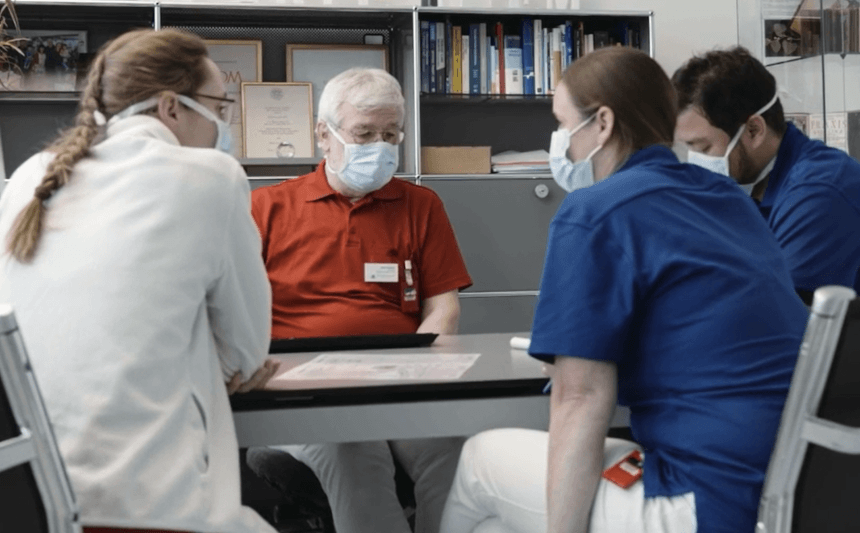

The patient in focus
However, the focus is and always will be on the patient. The more a person knows about themselves, if they are well informed by the care team about their findings, the more likely they are to help either stay healthy (low risk), improve their disease that may not yet be chronic (moderate risk), or manage their chronic disease (high risk) well themselves, which means quality of life.
Of course, our primary daily mission is to be able to offer our help to the pain-ridden, distressed, suffering person in as timely a manner as possible.
The introduction of care teams is a critical element in managing the GPO as a patient-centered (i.e., focused entirely on the patient) integrated (many specialists are involved, such as social consultants, wound experts, MPK, etc.) and team-based care model.
We want to offer so-called evidence-based medicine, i.e. medicine based on scientific evidence and proof. We want not only to care for and treat the chronic diseases (e.g. diabetes, heart or lung diseases), but also to take preventive action.

How we are perceived
"I would like to emphasize three points about this project that were particularly convincing to us:
-
At the Health Point Oberägeri, it is not simply claimed that the patient is at the center: in fact, the patient himself is at the helm of a care team and assumes joint responsibility. These are modern forms of cooperation that are realized here.
-
Here, an interprofessional team works with an offer that goes beyond the purely medical. Thus, the Gesundheitspunkt is oriented to the everyday life of the people they care for. It integrates health care, social services and the living environment.
-
For about 20 years, all patient data and information has been collected, processed and analyzed at the Health Point. Not only can this improve quality, but it also provides risk-based prevention programs for individual patient groups. In this way, the Gesundheitspunkt strengthens the patient benefit."
Urs Vögeli, member of the jury "Prix d'excellence santeneXt"
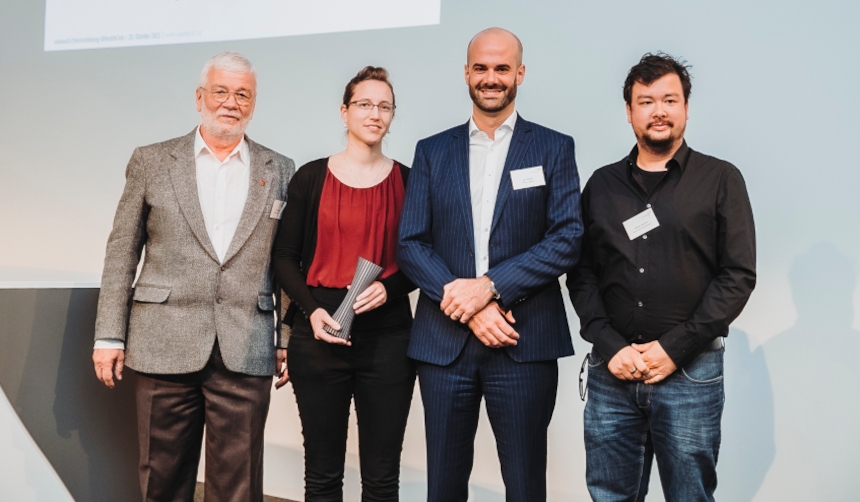

Praise? Annoyance? Suggestion?
Your opinion is important to us!
Six core competencies we are working on
1. Comprehensive Supply
Comprehensive care of patients by "interprofessional teams," which includes prevention. Teams may include: Primary care physician, MPA, ANP, nurse practitioner, social worker, pharmacist, nutritionist, outside specialists.
3. coordinated Communication
The individual path of the patient is actively coordinated (patient path!), especially also between home and hospital, nursing home etc.. Communication between institutions and organizations is promoted, secured, improved. This path is documented (also digitally).
5. Accessible Services
Keywords: presence, accessibility, efficiency. High accessibility, also by telephone or digitally, leads to shorter waiting times and better quality; this also applies to diagnostics and therapy.
2. Relationship oriented Care
Care is provided in a relationship-oriented manner. The patient's history is important, her environment, culture, values; the patient's development (learning process) is important. It takes team members to act as "patient guides."
4. Continuity of Care
Continuity of care is encouraged, like a common thread (patient pathway). The patient and the team work together, with a common goal and high quality. The basis is the personal relationship with the family doctor/specialist. New information is integrated quickly.
6. Quality and Safety
Commitment of the whole team to quality is a supporting pillar, (guidelines, shared decision making, CIRS and other tools). This includes measuring what we do (e.g., EQUAM, 6 SGAIM 2022 quality criteria). Patient and medication safety is central to this.
Your questions
Our strategies
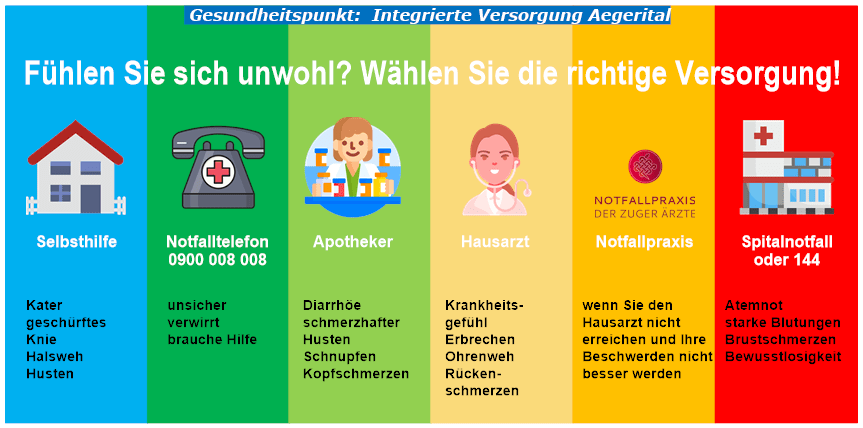
Person-centered, integrated care
Person-centered integrated care The Swiss health system aims to promote, restore or maintain health by ensuring that all people have access …
Read more
What lies behind our concepts
First considerations The "Gesundheitspunkt Oberägeri" project arose out of the need to maintain basic family doctor services for the community …
Read more
Public service
Public services Community services are services that we at the GPO provide in "our spare time," so to speak. There are public services prescribed …
Read more